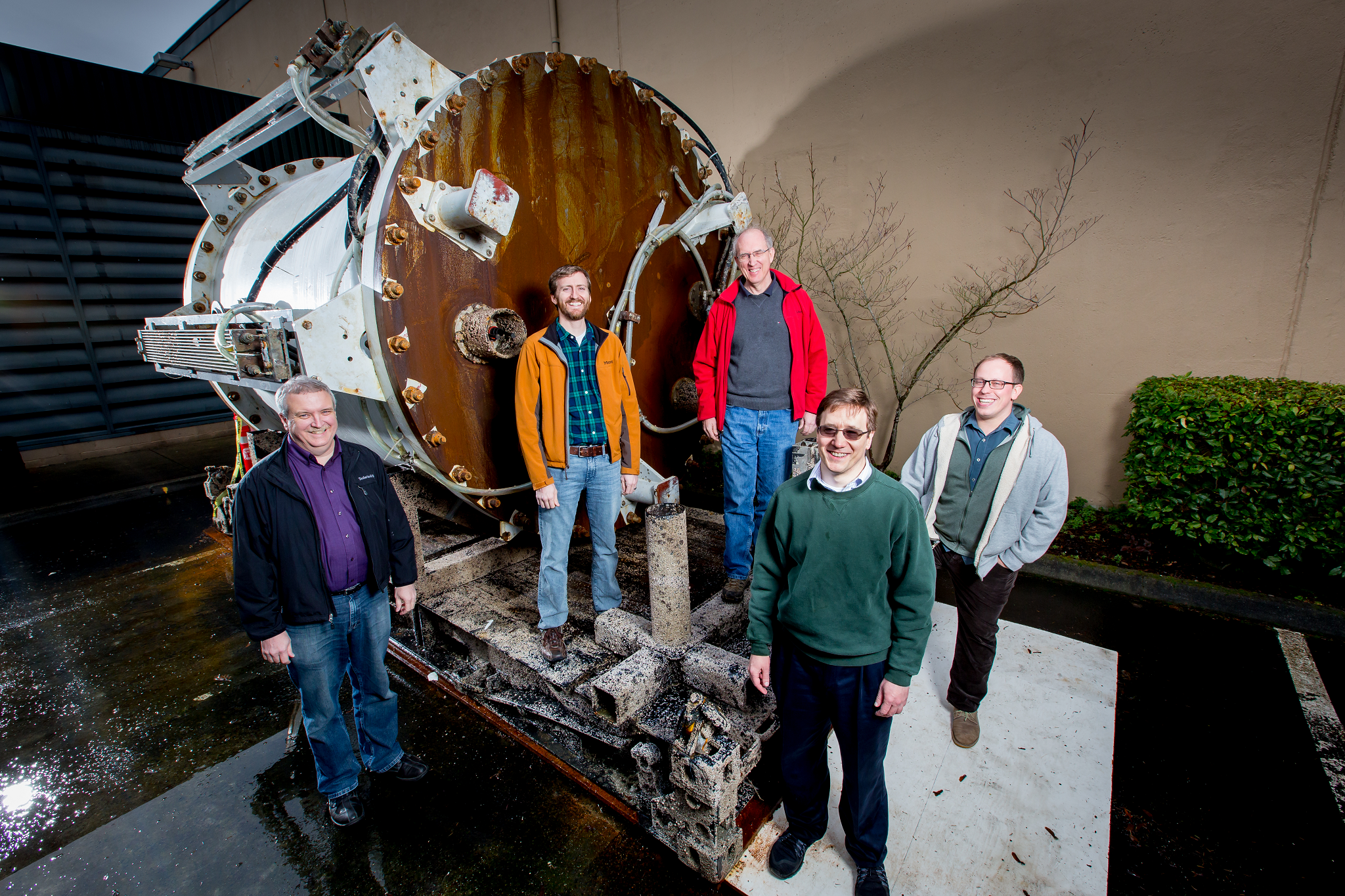Microsoft's Project Natick puts data centers underwater

Microsoft researchers are currently testing a prototype of an underwater data center. Dubbed Project Natick, the data centers are quickly deployable, do not require cooling, and use renewable energy for power. With half of the world's population located within 200 kilometers of the ocean, Microsoft is looking to place data centers near users to dramatically lower latency when providing cloud-based solutions.
Says Microsoft:
Project Natick is a Microsoft research project to manufacture and operate an underwater datacenter. The initial experimental prototype vessel, christened the Leona Philpot after a popular Xbox game character, was operated on the seafloor approximately one kilometer off the Pacific coast of the United States from August to November of 2015. Project Natick reflects Microsoft's ongoing quest for cloud datacenter solutions that provide rapid provisioning, lower costs, high responsiveness, and are more environmentally sustainable.
Microsoft's goal with Project Natick is sustainability, with the Redmond giant stating that the data centers do not create any waste products. As they're unmanned and submerged, they also do not require any cooling solutions, with power generation for the servers provided through a turbine or a tidal energy system. the first vessel, Leona Philpot, was set 30 feet underwater off the coast of California for four months, and is now back at Redmond for analysis.
Each Natick data center deployment is estimated to last five years, after which it will be retrieved and fitted with new hardware. Microsoft says that a data center has a lifespan of at least 20 years, after which it will be recycled. The project itself is still in the research stages, but it could be a forward-looking solution to deal with the rising energy demands at data centers.
All the latest news, reviews, and guides for Windows and Xbox diehards.

Harish Jonnalagadda is a Senior Editor overseeing Asia for Android Central, Windows Central's sister site. When not reviewing phones, he's testing PC hardware, including video cards, motherboards, gaming accessories, and keyboards.
